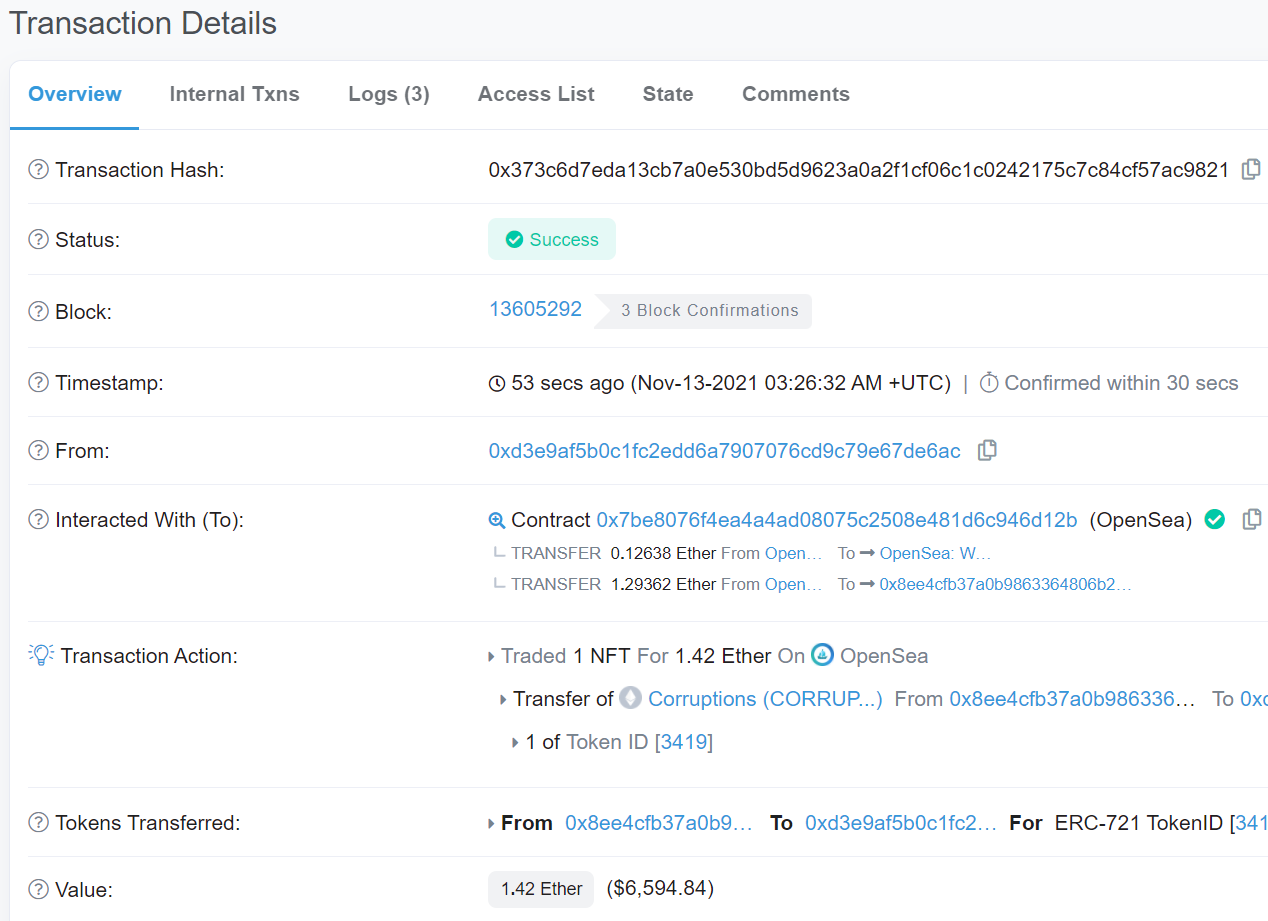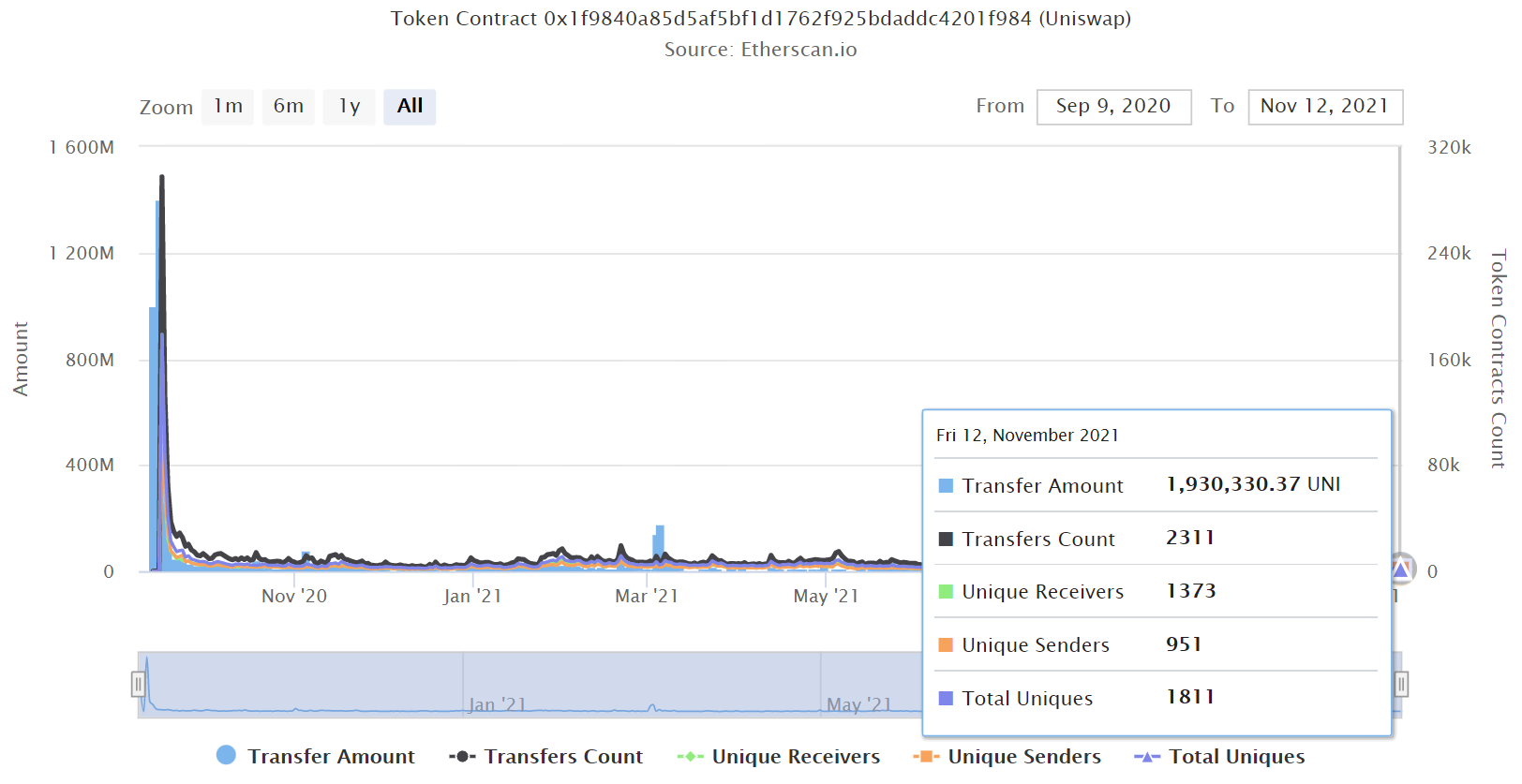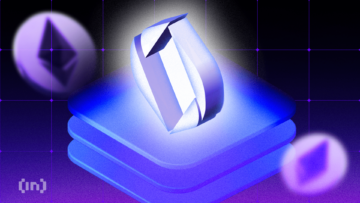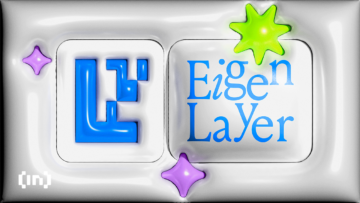Ethereum is the most popular network for decentralized applications and altcoins, so it can be challenging to keep track of network metrics. Etherscan is a popular blockchain explorer and general-purpose tool that provides numerous key insights about the network. For any serious investor, it is a must-have in their investment toolbox.
However, while many use Etherscan to simply see a list of recent transactions, there is much more to it than meets the eye. Find out how to take advantage of all of its features.
In this guide:
What is Etherscan?

Whenever there is an ETH transaction between a sender and a receiver, the Ethereum blockchain — as a digital distributed ledger (DLT) — records it. In fact, full blockchain nodes keep entire records of all transactions since the blockchain launched on mainnet.
Etherscan is a nifty tool that tracks all of those transactions. Based on this raw data, Etherscan can then compile a number of statistics that tell us what is going on in Ethereum’s ecosystem. Case in point, while Etherscan’s daily transactions plot total transactions at any given moment in time, the chart also tells us key statistics on Ethereum’s traffic:
- Average Difficulty — the measure of solving problems by miners to find a block
- Estimated Hash Rate — the computing power exerted by miners to mine a block
- Average Block Time — how long does it take to mine a block
- Average Block Size — it decreases or increases based on network demand. This way, arbitrarily large blocks are prevented because they would ground down blockchain’s scalability to a halt.
- Total Block Count — total blocks mined
- Total Uncles Count — blocks that have been mined and submitted at the same time, creating orphan blocks. However, unlike Bitcoin’s orphans, Ethereum’s uncle blocks give uncle inclusion rewards.
- New Addresses Seen — the number of new wallet addresses using Ethereum
Based on this raw data, Etherscan can compile various charts.
If we want to go by technical jargon, Etherscan is nothing less and nothing more than Ethereum’s block explorer. Based on block’s attributes and how they interact with each other, Etherscan paints a clear picture of all of its activity, thus becoming both an explorer and an analytics tool. This includes wallet addresses, transaction fees, tokens, smart contracts, and even airdrops.
What can Etherscan do?
While Etherscan is free to use without an account, signing up does provide extra features: developer tools, data feed creation, alerts for specific transactions, etc. Nonetheless, the default Etherscan block explorer is more than sufficient to take Ethereum’s snapshot.
For instance, you can find out if it is worthwhile using Ethereum at the time by looking at the average transaction fee chart.

This can be further explored with Etherscan’s gas tracker, it’s the most popular feature, as it estimates transaction fees from low, average to high, and across different types of transactions. Likewise, if you ever wondered how much Gwei is as a denomination of ETH, you can use Etherscan’s unit converter. Hint, 1 Gwei is 1 billionth of 1 ETH, but it would be more convenient to just enter the current gas fee cost.
Etherscan is useful for researching ERC-20 altcoins
If you are looking for one of the thousands of ERC-20 altcoins/tokens, Etherscan is the best tool for the job. In fact, by using the platform, you would get the most accurate overview of the Ethereum ecosystem. With Etherscan, you can see how popular a token is, how many holders it has, its market cap, and trading volume.
/Related
More Articles
Presently, we can see from Etherscan that the Ethereum blockchain hosts 871 tokens across 466,782 token contracts. Of course, you can also look up any transaction conducted from any wallet address, currently accounting for 1,357,266,905 transactions.
This is a good way to detect crypto whales, as each transaction not only holds the name of the protocol used, but its value as well. As one would expect, the top crypto whales are crypto exchanges.
Because of such complete transparency of all transactions, sometimes real identities can be tied to celebrity billionaires, as happened with Mark Cuban, the owner of the Dallas Mavericks.
More recently, another Etherscan feature that has gained popularity is ENS Lookup. For those unfamiliar with Ethereum Name Service (ENS), it is equivalent to Domain Name Service (DNS) but running on a blockchain instead. ENS represents a major step forward against censorship and deplatforming efforts, as .eth domain cannot be taken like centralized DNS websites can.
How to find transactions on Etherscan?
As an example to track down transactions on Etherscan, let’s use MetaMask, the most popular crypto wallet with over 10 million users. By simply clicking underneath your MetaMask’s account name, you would copy your wallet address into the clipboard.

You would then paste that address (CTRL + V) into Etherscan’s search box, which is at the top default page.
Because it would be your public wallet address, Etherscan can show all the assets in the wallet by type, their value balance in USD, the number of transactions, internal and external transactions, block number, transaction fees, ingoing and outgoing transactions, and even analytics that give out a quick overview of the wallet in chart form.
Going even further, you could glean details for every transaction listed, as it underwent block confirmations and passage from other platforms.

In this random transaction, we can see that someone traded an NFT from the largest NFT marketplace, OpenSea, for about $6,600.
Finding smart contracts on Etherscan
Remember the list of tokens as the best way to take an overview of Ethereum’s ecosystem? This is also the quickest way to verify if you are sending crypto funds to the right smart contract, which is what ERC-20 tokens actually are. For instance, if you click on an Uniswap token, a full overview of the token would be displayed, from its maximum supply and holders, to market value.
Under the ‘Profile Summary’ is Uniswap’s smart contract address.

Then, clicking on the contract itself leads us to the complete list of all transfers handled by Uniswap, including DEX trades. From here, we can also go to the analytics tab to see the snapshot of all the relevant data on Uniswap token contract:

Delving even further, if you head over to the ‘Contract’ tab, you can look at the contract’s code. Furthermore, the contract is directly accessible from ‘Connect to Web3’ under ‘Write Contract’ if you have one of the web browser wallets installed.

Likewise, if you are in a hurry, you can just head over to ‘Smart Contract Search‘ under the ‘More’ category. This allows you to quickly find smart contract source code thanks to keywords, addresses, block numbers, and other aforementioned categories.
Finding airdrops on Etherscan

Under Etherscan’s “Resources” category, you will find the listing of both ongoing and upcoming airdrops. This is a great way to earn free tokens, which might appreciate down the line. Under ‘Read More’ for every listing, the airdrop submitter will have a detailed description of all the prerequisites to have tokens dropped in your wallet.
Commonly, this entails some degree of social media activity. After all, airdrops exist because project teams hope to gain some traction with crowd-powered marketing.
From Etherscan to BeaconScan
The team behind Etherscan, headed by Matthew Tan, is always busy in adding new features under the existing main categories: blockchain, tokens, resources, and more. True to its description, Etherscan really makes you feel like an explorer, finding the innards of Ethereum.
Its analytics tools are always within reach, regardless of what you search for, making it handy to see what kind of DeFi protocols and markets are popular. Nonetheless, just as Ethereum moves closer to ETH 2.0 when it becomes a fully featured Proof-of-Stake blockchain, so will BeaconScan supplant Etherscan. From that point onward, Ethereum’s transactions will be explorable there.
Frequently asked questions
What is Etherscan used for?
Is Etherscan a wallet?
How do I view my transactions on Etherscan?
What block is ETH on?
How do I send money through Etherscan?
How do you read contracts on Etherscan?
Trusted
Disclaimer
In line with the Trust Project guidelines, the educational content on this website is offered in good faith and for general information purposes only. BeInCrypto prioritizes providing high-quality information, taking the time to research and create informative content for readers. While partners may reward the company with commissions for placements in articles, these commissions do not influence the unbiased, honest, and helpful content creation process. Any action taken by the reader based on this information is strictly at their own risk. Please note that our Terms and Conditions, Privacy Policy, and Disclaimers have been updated.







